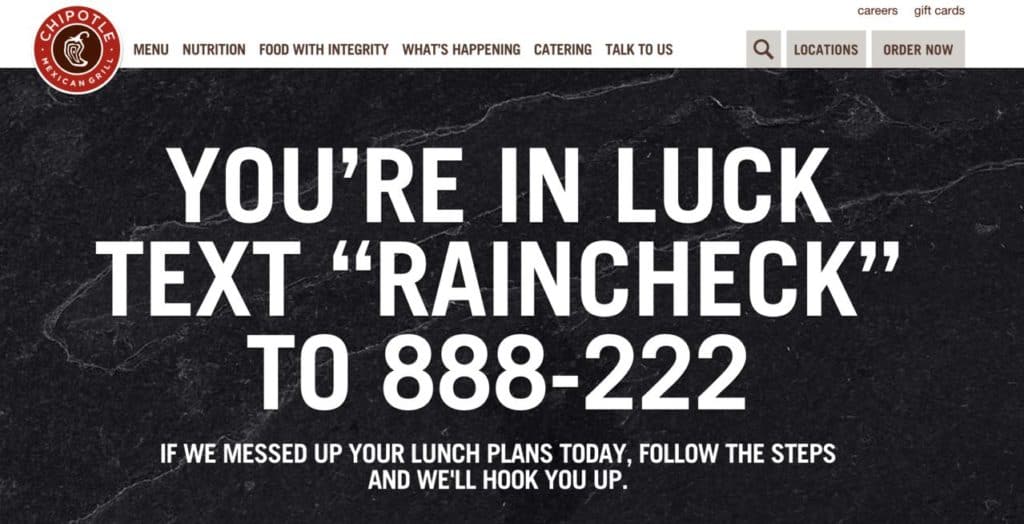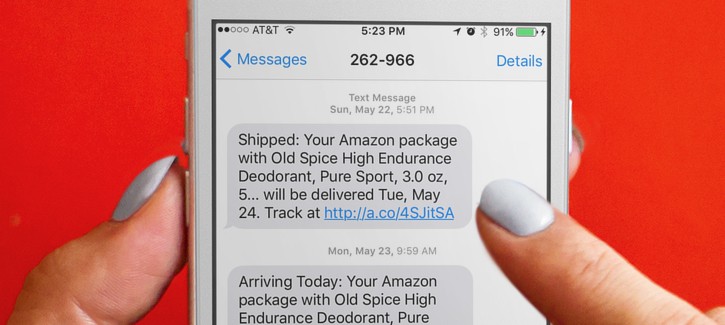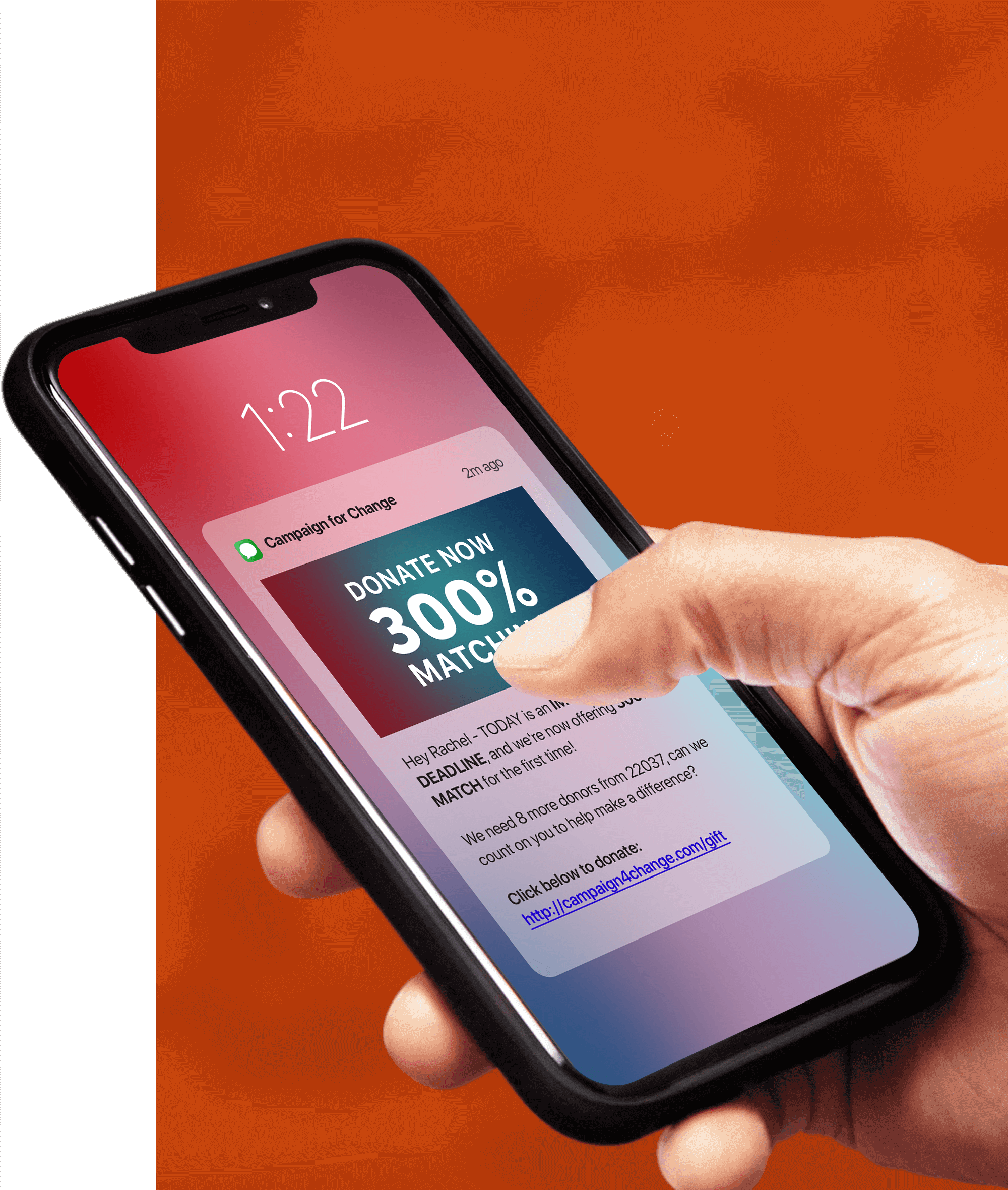2,176 Views
In the video above, Tatango CEO Derek Johnson answers the question, “What is a non-vanity short code?” Prefer to read instead? No problem, please see the post below. You can also find answers to all of your SMS marketing questions in our Q&A video library; click here to browse.
What Is a Short Code?
Before we explain the meaning of a non-vanity short code, it is essential to first understand what short codes are. Short codes are phone numbers consisting of five to six digits that brands and organizations use to communicate with their customers.
AT&T, T-Mobile, Verizon, and other major wireless carriers developed short codes as an alternative to regular 10-digit mobile phone numbers. Compared to traditional 10-digit phone numbers, SMS short codes are much easier for consumers to read and recall, as they are about half the length. A typical short code phone number can look something like 12345 or 123456.
There are two types of short codes: vanity short codes and non-vanity short codes.
What is a Vanity Short Code?
Vanity short codes are 5 to 6 digit short codes that are specifically selected by a brand. Vanity short codes are sometimes chosen over non-vanity short codes because the brand or organization has more control over the selection of digits, so it can choose a number that is easier for consumers to recall. For example, vanity short codes would be numbers like 12345, 313131, 711711, etc. The base price of any vanity short code costs $1,000 per month.
Why would a brand choose a vanity short code over non-vanity short code?
Vanity short codes are usually preferred over non-vanity short codes for use in marketing campaigns because they’re easier for consumers to remember. An easy to remember short code is critical when you’re asking consumers to text an SMS keyword to your SMS short code.
That being said, if the short code is being used for non-marketing purposes—such as for one-way communications like SMS appointment reminders, SMS fraud alerts, or even SMS shipping messages—it’s common that a non-vanity short code will be used. This is because a non-vanity short code is half the monthly cost of a vanity short code at $500 per month compared to $1,000 per month.
An example of Chipotle’s vanity short code 888222 is below.
What is a Non-Vanity Short Code?
Compared to vanity short codes that are selected by the brand, a non-vanity short code, or as referred to by the Short Code Registry as a random short code, is a 5 to 6-digit phone number that is randomly selected by the Short Code Registry. Non-vanity short codes are different from vanity short codes, which are specifically selected by a brand. These non-vanity short codes cost $500 per month to lease, while a vanity short code costs $1,000 per month to lease.
Why do brands select non-vanity short codes over vanity short codes?
As discussed above, there is a significant price difference between leasing a vanity short code and a non-vanity short code. A vanity short code lease will cost you $1,000 per month, and non-vanity short code lease will cost you only $500 per month.
Vanity short codes are usually preferred over non-vanity short codes for use in marketing campaigns because they’re easier for consumers to remember.
Looking for information about how to get an SMS short code? Check out our video here.
About Tatango
Tatango is comprised of a team of seasoned text message marketing experts located in Seattle. Our passion is to help brands and organizations solve their text message marketing challenges. Need help with text message marketing? Contact us today!


